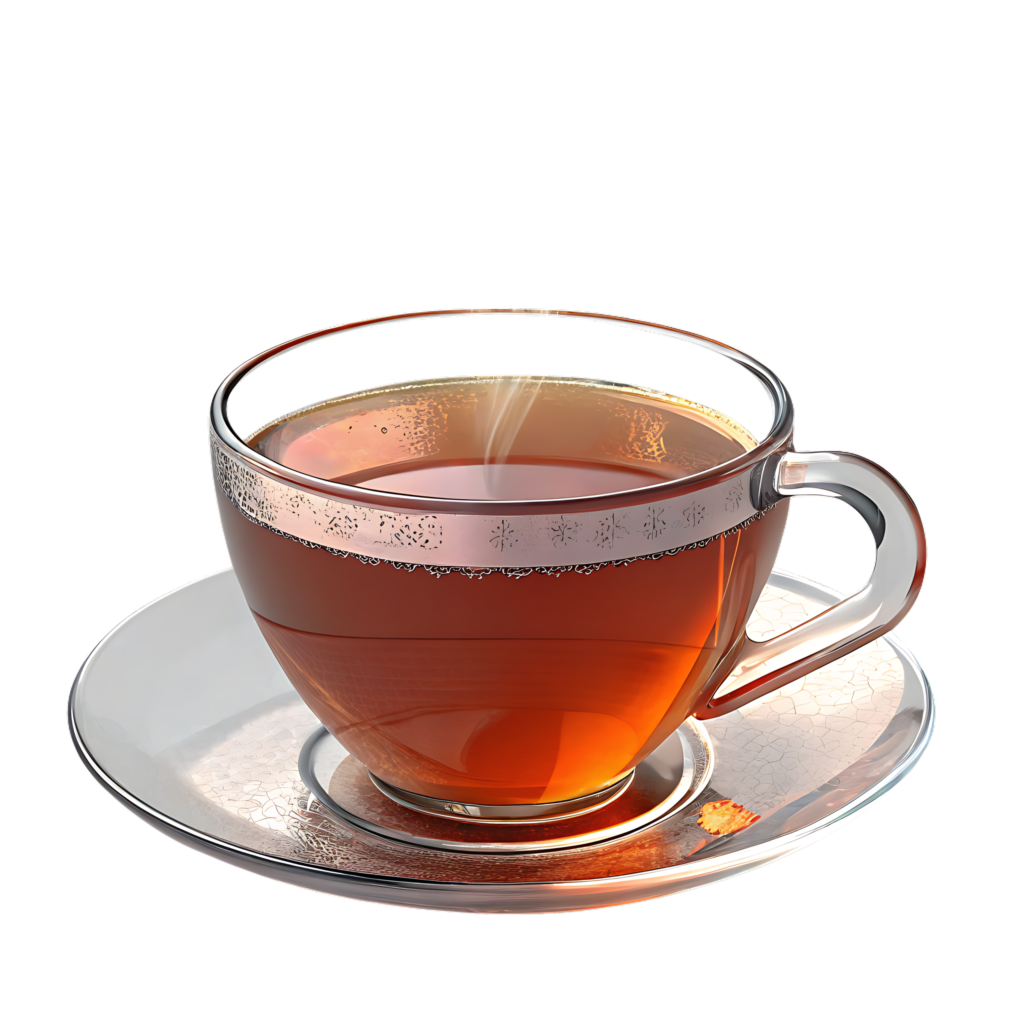
The Tea Plant – Camellia sinensis
Camellia sinensis is a hardy, evergreen shrub that thrives in tropical and subtropical climates. It produces small white blossoms and vibrant green leaves, which are ready for harvesting about three years after planting. While these bushes can live for over a century, leaves from younger plants are easier to pluck and often produce a fresher, more delicate cup.
Traditional tea-growing regions include China, Japan, India, and Sri Lanka, though modern cultivation now extends to countries such as Kenya, Vietnam, and Bangladesh. Each origin influences flavor through altitude, soil composition, climate, and plant variety—creating the unique character of each harvest.
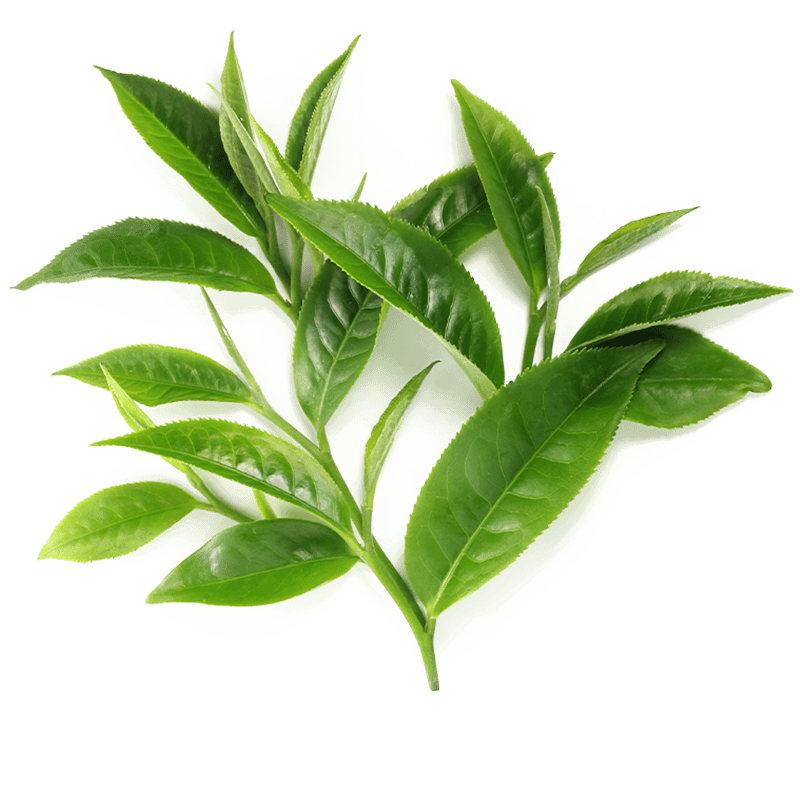

Black Tea
Black tea undergoes full oxidation, giving the leaves their dark color and bold flavor.
- Freshly plucked leaves are withered for 8–24 hours to reduce moisture.
- They are then rolled to break the cell walls and expose enzymes to oxygen.
- The leaves fully oxidize, deepening in color and flavor before a final drying stage.
Black tea tends to be strong, malty, or brisk, and it retains its flavor well over time.
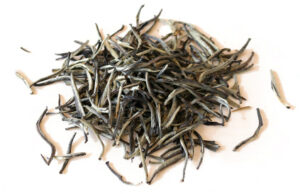
White Tea
White tea is the least processed of all teas, made from tender buds covered in fine silver hairs.
- Plucked during the first flush of growth.
- Lightly withered and then quick-fired to stop oxidation.
- No rolling, bruising, or shaping—resulting in a delicate, pale infusion with subtle flavor.
- Due to its limited harvesting window and high plucking standards, white tea is rare and often more expensive.
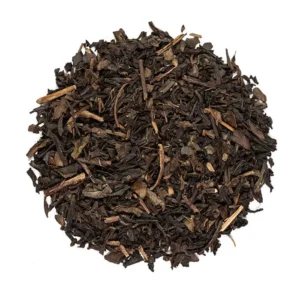
Oolong Tea
Oolong sits between black and green tea in oxidation level.
- After plucking, leaves are sun-withered and lightly bruised to start partial oxidation.
- Oxidation is halted at a chosen point, producing flavors that can range from floral and creamy to toasty and rich.
- Leaves are then pan-fired or baked to finish.

Green Tea
Green tea is heated soon after plucking to halt oxidation, preserving its vibrant color and fresh, vegetal taste.
- Steamed or pan-fired to deactivate enzymes.
- Rolled into various shapes (needles, twists, pellets).
- Dried to lock in freshness.
Because it’s unoxidized, green tea retains higher levels of certain antioxidants like EGCG.
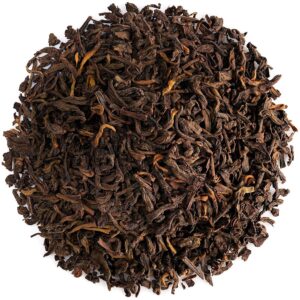
Pu-erh Tea
Pu-erh is a fermented and aged tea often compressed into cakes or bricks.
- Post-fermentation allows complex microbial and enzymatic changes.
- Flavors deepen over years, ranging from earthy and mellow to smooth and sweet.
- Pu-erh is prized for its depth, rarity, and cultural heritage.
Healthful Compounds in Tea
Tea naturally contains polyphenols, flavonoids, catechins, and other antioxidants.
One notable compound in green tea, EGCG (Epigallocatechin gallate), is linked to antioxidant activity. However, it’s sensitive to high heat—over-brewing green tea can reduce EGCG levels.
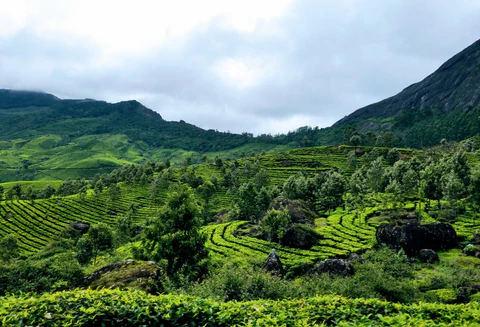
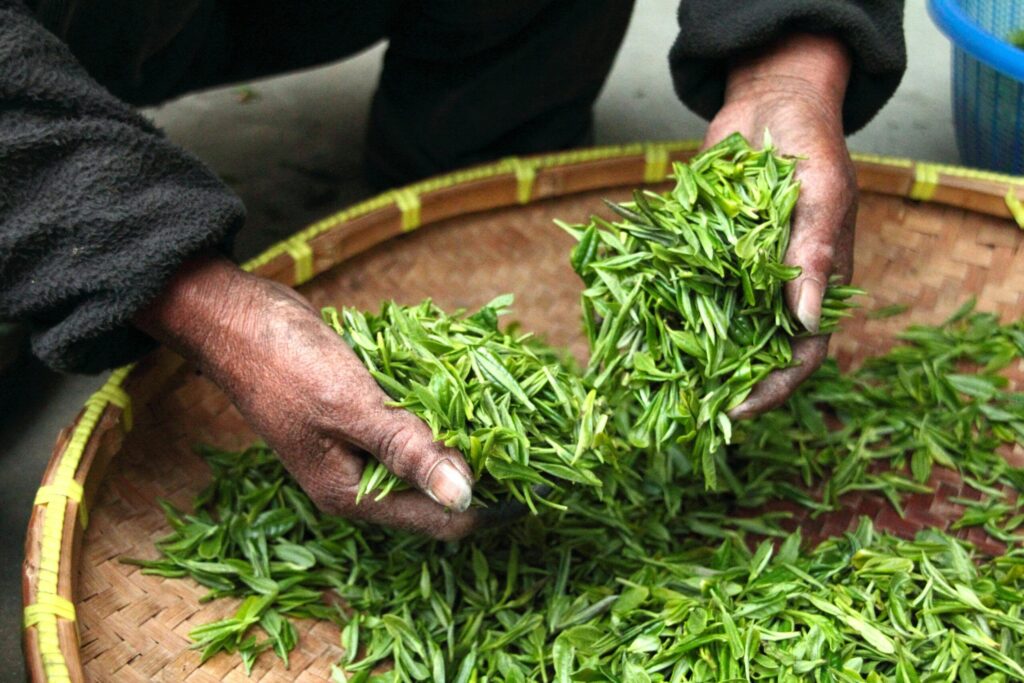
Why Knowing Your Tea Matters
Whether you’re drinking a brisk Ceylon black tea, a delicate Chinese white, or a Japanese green, understanding where and how your tea is grown and processed helps ensure you’re getting the highest standards in quality, ethics, and taste.
At Tsara Tea, we proudly offer organically grown teas that honor tradition while embracing sustainable, responsible farming. Each leaf is cultivated with care, packaged in eco-friendly materials, and shipped with freshness as our priority—bringing you tea that’s good for the body, mind, and planet.
